|
|
|
|
|
|
|
|
Photo Gallery for Deirochelys reticularia - Chicken Turtle
| 7 photos are shown. |
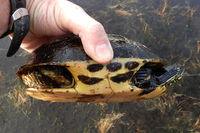 | Recorded by: Mark Shields
Carteret Co.
Comment: | 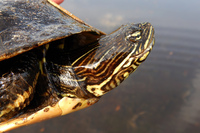 | Recorded by: Mark Shields
Carteret Co.
Comment: |
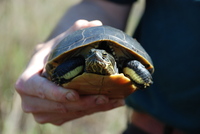 | Recorded by: C. Edwards, Mike Campbell and Jeff Hall
New Hanover Co.
Comment: |  | Recorded by: C. Edwards, Mike Campbell and Jeff Hall
New Hanover Co.
Comment: |
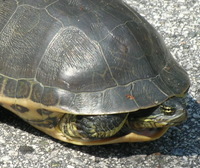 | Recorded by: Shelley Helms
Columbus Co.
Comment: | 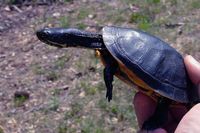 | Recorded by: J. Shimel, T. Taylor
New Hanover Co.
Comment: |
 | Recorded by: J. Shimel, T. Taylor
New Hanover Co.
Comment: |

 »
» 



 »
» 

